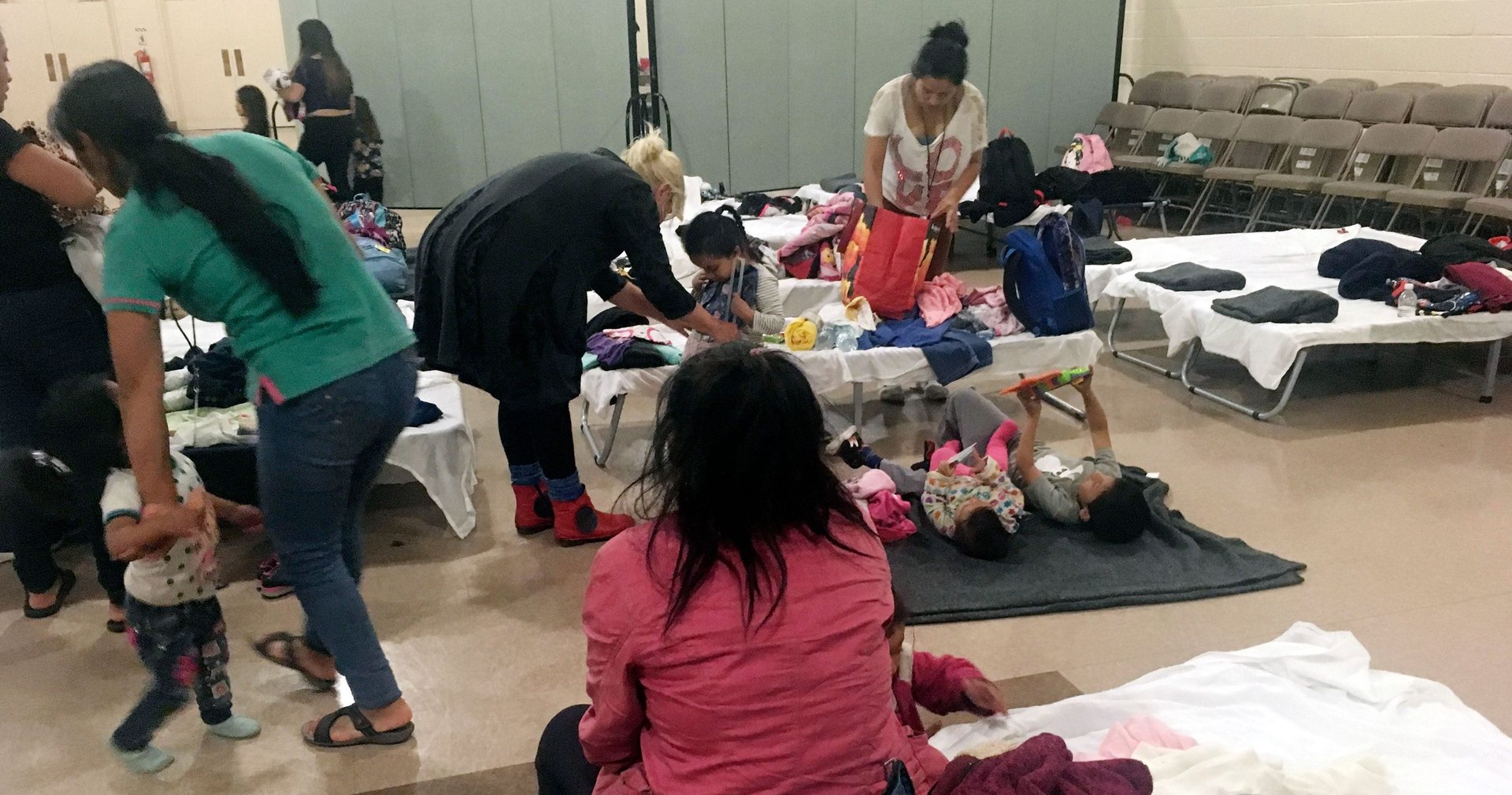Crossings at the US-Mexico border confirm there is an emergency—just not in the US
US Secretary of Homeland Security Kirstjen Nielsen on Wednesday (Mar. 6) warned lawmakers in Congress of “a dire humanitarian and security crisis on our southern border.”


US Secretary of Homeland Security Kirstjen Nielsen on Wednesday (Mar. 6) warned lawmakers in Congress of “a dire humanitarian and security crisis on our southern border.”
Customs and Border Protection (CBP), the agency in charge of patrolling the border, is running over capacity, and is set to catch more people believed to have illegally crossed the border in the first half of the current fiscal year than in the whole of 2017.
The latest data on border apprehensions, released by the CBP yesterday, backs up her claims. They show that the number of unauthorized immigrants caught at the southwestern border is at an 11-year high. In February, authorities intercepted more than 76,000 migrants, many of them asylum seekers. This is more than twice as many as in the same month last year, the continuation of an upward trend that started during the last months of 2018.
A comparison between the first five months of the 2019 fiscal year, which started in October, and the same period the previous year shows that the increase is dramatic.
So far in fiscal 2019, 318,000 people have been apprehended at the border—nearly twice as many as this far into the previous fiscal year.
Families and children
These numbers point to an emergency, as Nielsen says, but not one that’s taking place in the US, as she claims. Instead, they reflect growing instability in the Central American countries where the apprehended immigrants come from.
Overall, most of the apprehended immigrants were children traveling with family members and unaccompanied children. Their share has been growing. In 2012, only 10% of the migrants caught at the border were families or unaccompanied kids; currently, they make up 61%, according to the latest data.
This increase, notes an analysis of the Washington Office on Latin America, an organization working on human rights advocacy, is parallel to a steep rise in asylum requests in Mexico, which almost doubled to 29,600 in 2018 from 14,600 in 2017.
Trouble in Guatemala and Honduras
The growing apprehensions of family and unaccompanied children—both as a proportion, and in absolute numbers—are a key indicator of the situation in their countries of origin.
As violent crime and poverty continue to ravage their countries, for some families fleeing has become the only alternative to perishing. The US government’s “no tolerance” policy, which was designed as a deterrent for migrants, has proven to be woefully ineffective, as even the risk of separation and detention has failed to convince people to stay home.
While the numbers of apprehended migrants from Mexico and El Salvador has steadily declined in the past couple of years, arrivals from Guatemala and Honduras have spiked. More families from both countries have been apprehended in the first months of fiscal 2019 than in all of fiscal 2018.
If the US is truly concerned about the situation at the border, it should address the emergency where it is—in the countries of origin. Trump’s strategy to dissuade immigrants hasn’t worked so far, and if the situation in Central America continues to deteriorate, it will have even fewer chances of working in the future.